Despite many of my friends’ best efforts, I haven’t yet been able to crack the “Oh, you must love…” enigma that is (are?) the Kings of Leon.
One of my best friends has been on me about getting into them since they put out their debut album when I was still a collegiate chap, and now all the fuss and hysteria surrounding this “Use Somebody” song makes me think one of two things. 1) I completely missed out on the band’s up and coming years and trying to get into them now would stink of Johnny-Come-Latelyism, or, 2) Has it already been about 5 years since they were first being pushed on me? Either way, I still don’t care.
I’ve heard “Use Somebody.” It’s not a *bad* song. But that doesn’t mean I’ll ever understand the hype.
But back in September when I interviewed Craig Reid of the Proclaimers, he cited the Kings of Leon as a permanent fixture on the stereo system as the Proclaimers made their way through another American tour. Craig’s got pretty decent taste in music, so I thought maybe I should give them another chance. Especially as the Proclaimers’ one-off cover of “17” last year almost bested anything on the whole of the Notes & Rhymes album (“Wages of Sin” excluded, of course).
Anyway, for this month’s “Vs.” I thought we’d take a listen to the two versions side by side.
I don’t know what it says about me that I tend to enjoy songs about being attracted to younger girls. From Travis’ “U16 Girls” to Rooney’s “Daisy Duke,” singing about illegal love just seems to bring out rockers’ finer songwriting sensibilities. I’m sure some Big Brother agency is reading this is and preparing for thorough searches of my computer’s hard drive, but while forbidden love tends to make for nice songs, I can honestly say I’m probably more likely to chase an older woman. A comprehensive look at the girls I’ve dated in the last few years would back that up — the average tips slightly to women that were either by weeks, months or years my senior.
Anyway, enough self analysis — “17” is another fine addition to the pop lexicon of writing about underage girls. Not quite as catchy as “Daisy Duke,” but still finely crafted with some nifty lyrics to drive the point home — “I could call you baby, I could call you dammit, it’s a one in a million” is a nice one, and who isn’t encouraged to stay by a rolling Spanish tongue?
Musically, Kings of Leon, give it fine modern rock bluster on their Only By the Night LP and the “ooohs” during the chorus are a fine touch. Still, it feels a little like a mile-run used to feel to me in junior high. You have those bursts where you feel like you can finish the sucker in seven minutes flat, and then those draggy bits where you’re sure it’s not going to end for another half hour.
The Proclaimers version stays a bit more on a constant track. Recorded last year for an EP named after the track, I still have not found a version that contains any tracks besides it. So while it’s technically wrong to call the “17 EP” an EP at all, my genuine favoritism of the band makes that easy enough to forgive.
The Proclaimers are actually a damn fine covers band, hitting homers time and again with the likes of “King of the Road,” “Five O’Clock World,” “Get Ready,” “Whole Wide World,” and “(I’m Gonna) Burn Your Playhouse Down.”
The charm in their take on “17” is that they return the instrumentation that defined their 1987 debut, This is the Story — acoustic guitar, sparse harmonica and the Reid brothers’ strong vocals. Musically, it’s not the most virtuoso performance you’ll ever hear, but as they do on pretty much every song they’ve ever recorded, the vocal blend is just amazing.
I’m a stone cold Proclaimers fan, so I’ve got to go with their version in this fight, but I’m sure there are plenty of people out there who would argue it isn’t a patch on the Kings’ version. Your thoughts?

Kings of Leon vs. The Proclaimers
“17”
Kings of Leon – 17
The Proclaimers – 17

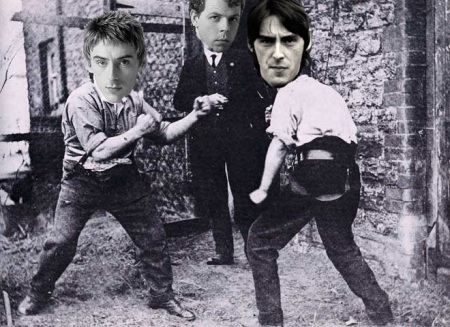

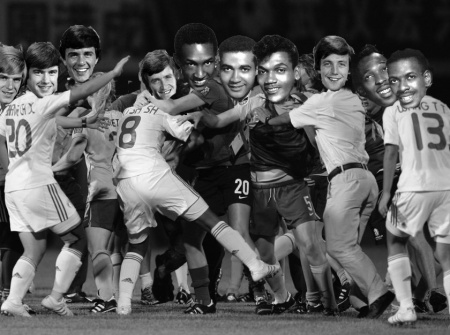

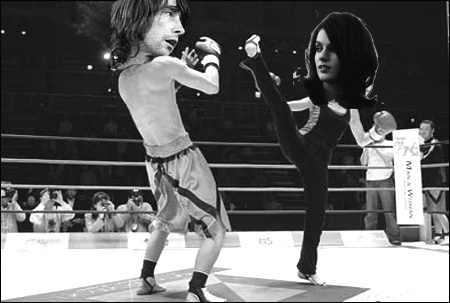
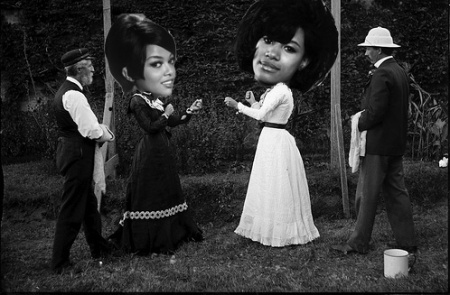


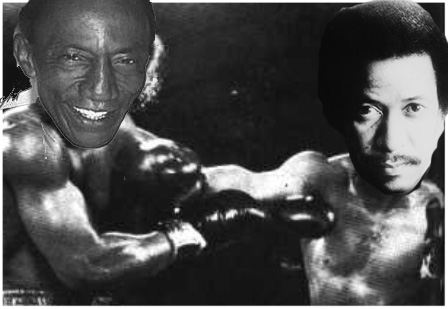 Allen Toussaint Vs. Lee Dorsey
Allen Toussaint Vs. Lee Dorsey